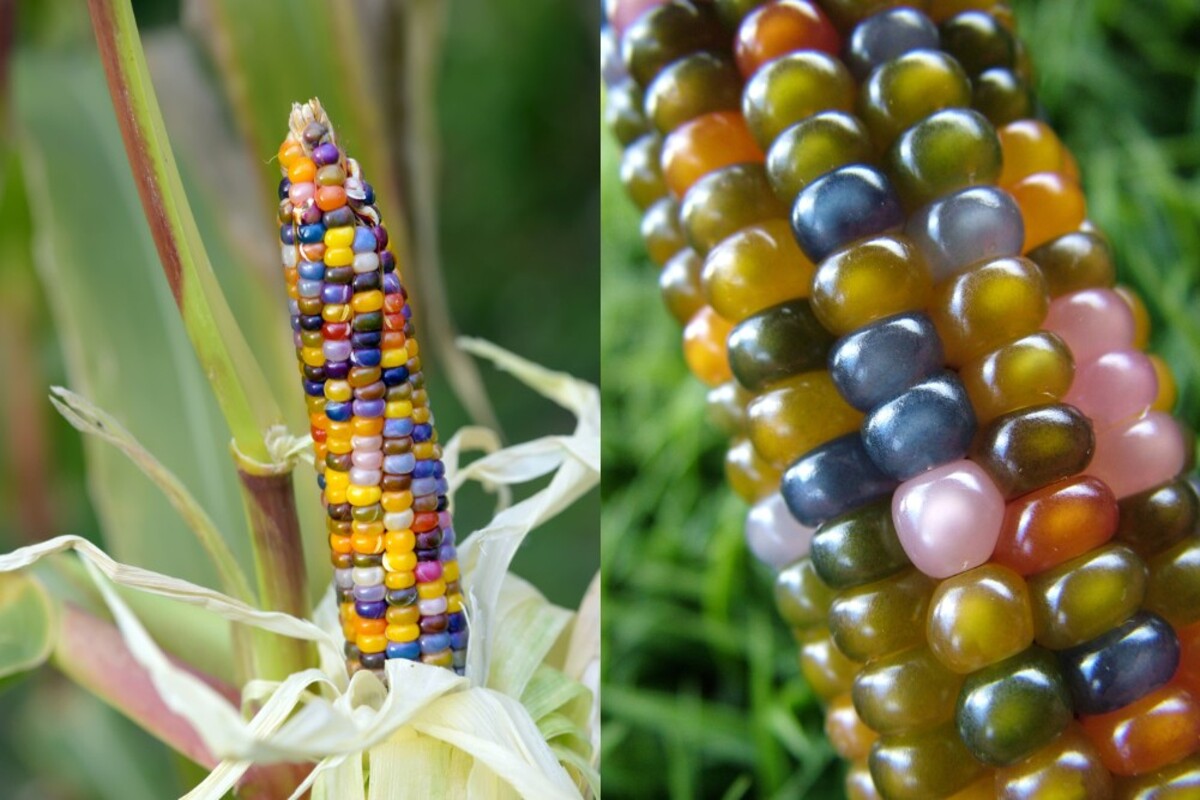Happy Birthday Sidharth Malhotra: 7 interesting facts about ‘Aiyaary’ actor
Aiyaary actor Sidharth Malhotra, who is the heartthrob of many women, turned 32 today (16 January). The actor with his…
Glass gem corn, known as “Indian” or “calico” corn, is a species native to North America. It is a type of multicolored flint corn (kernel’s hard outer layer) and is something of a cross between true, modern popcorn and parching corn. The size of ears ranges from 3 to 8 inches.

glass-gem-corn-(photo-stock)
Amazingly beautiful, unique, translucent, and multicolored corn became an internet sensation in 2012 when a photo of the sparkling cob was posted on various social media platforms. With its unreal shiny kernels glimmering like rare jewels, many people didn’t even believe it was real, and claimed it was photoshopped. Glass gem is real, not photoshopped nor genetically modified, and just a regular open-pollinated variety that looks more like pieces of jewelry than actual corn with different shades of pink, purple, yellow, green and blue.
What Is Glass Gem Corn?
Glass gem corn, known as “Indian” or “calico” corn, is a species native to North America. It is a type of multicolored flint corn (kernel’s hard outer layer) and is something of a cross between true, modern popcorn and parching corn. The size of ears ranges from 3 to 8 inches.
Advertisement
Glass Gem is also known as flint corn. The name “flint” comes from the kernel’s hard outer layer.
The jewel-colored ears need to be grown in a hot and dry environment. This type of corn can be harvested 110 to 120 days after planting.
History
The story of Glass Gem corn begins with an Oklahoma farmer named Carl Barnes. Barnes, who died in 2016, was half-Cherokee. He began growing older corn varieties in his adult years (no one is exactly sure when this began) as a way to reconnect with his heritage.
Advertisement